Ryan Keberle & Frank Woeste - Reverso - Suite Ravel (2018)
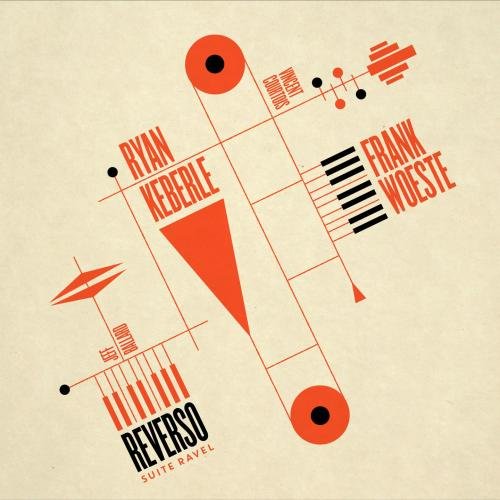
Artist: Ryan Keberle & Frank Woeste
Title: Reverso - Suite Ravel
Year Of Release: 2018
Label: Phonoart
Genre: Jazz
Quality: FLAC (tracks)
Total Time: 53:46
Total Size: 283.4 MB
WebSite: Album Preview
Tracklist: Title: Reverso - Suite Ravel
Year Of Release: 2018
Label: Phonoart
Genre: Jazz
Quality: FLAC (tracks)
Total Time: 53:46
Total Size: 283.4 MB
WebSite: Album Preview
01. Ostinato (Prelude) (6:48)
02. Luminism (4:56)
03. Impromptu 1 (1:29)
04. All Ears (Fugue) (feat. Ryan Keberle) (7:58)
05. Alangui (Forlane) (4:38)
06. Dialogue (4:36)
07. Mother Nature (Rigaudon) (feat. Ryan Keberle) (6:23)
08. Impromptu 2 (2:10)
09. Sortilege (Manuel) (4:34)
10. Ancient Theory (Toccata) (feat. Ryan Keberle) (5:13)
11. Clair obscur (5:01)
Reverso - Suite Ravel brings together American trombonist and composer, Ryan Keberle, and French pianist and composer, Frank Woeste, for an album bridging jazz and chamber music realized by an outstanding quartet featuring French cellist, Vincent Courtois, and drummer and percussionist superstar, Jeff Ballard.
Not many composers have inspired jazz musicians as often or as intensely as Maurice Ravel. Ironically, Ravel was one of the first 20th century classical composers to acknowledge Jazz as a valuable inspiration. During his US tour in 1928 Ravel said:
« Vous, les Américains, prenez le jazz trop à la légère. Vous semblez y voir une musique de peu de valeur, vulgaire, éphémère. Alors qu'à mes yeux, c'est lui qui donnera naissance à la musique nationale des États-Unis. »
— Maurice Ravel, Avril 1928
“You Americans take jazz too lightly. You seem to see it as a music of little value, vulgar and ephemeral. In my point of view, it is jazz that will give rise to the national music of the United States.”
— Maurice Ravel, April 1928
Keberle and Woeste show us that jazz and “classical” music have become even more intertwined in today’s music world, since they began to intersect amongst Ravel and his contemporaries such as Satie, Stravinsky and Milhaud over 100 years earlier, mutually inspiring the other’s practitioners.
Keberle and Woeste draw particular inspiration from Ravel’s “Le tombeau de Couperin”, a suite for solo piano by Maurice Ravel, composed between 1914 and 1917, in six movements based on those of a traditional Baroque suite.
Bridging the Atlantic through support from a French American Jazz Exchange grant, Woeste and Keberle explore the classic six movement French Baroque suite working with the characteristic movements of the Prelude, Fugue, Forlane, Rigaudon, Menuet, and Toccata, re-defining these movements within their own unique compositional languages while sometimes incorporating Ravel’s original melodic, harmonic, and rhythmic material.
Ryan Keberle and Frank Woeste met in 2015 while recording with acclaimed trumpeter and composer, Dave Douglas, where it became obvious that they had much in common musically. Shared backgrounds in jazz, but also in the classical and popular music traditions, made this collaboration a meeting of the minds made all the more intriguing with the addition of acclaimed French cellist, Vincent Courtois, and the French-based American superstar, Jeff Ballard, on drums along with Keberle’s trombone and Woeste’s piano.
Not many composers have inspired jazz musicians as often or as intensely as Maurice Ravel. Ironically, Ravel was one of the first 20th century classical composers to acknowledge Jazz as a valuable inspiration. During his US tour in 1928 Ravel said:
« Vous, les Américains, prenez le jazz trop à la légère. Vous semblez y voir une musique de peu de valeur, vulgaire, éphémère. Alors qu'à mes yeux, c'est lui qui donnera naissance à la musique nationale des États-Unis. »
— Maurice Ravel, Avril 1928
“You Americans take jazz too lightly. You seem to see it as a music of little value, vulgar and ephemeral. In my point of view, it is jazz that will give rise to the national music of the United States.”
— Maurice Ravel, April 1928
Keberle and Woeste show us that jazz and “classical” music have become even more intertwined in today’s music world, since they began to intersect amongst Ravel and his contemporaries such as Satie, Stravinsky and Milhaud over 100 years earlier, mutually inspiring the other’s practitioners.
Keberle and Woeste draw particular inspiration from Ravel’s “Le tombeau de Couperin”, a suite for solo piano by Maurice Ravel, composed between 1914 and 1917, in six movements based on those of a traditional Baroque suite.
Bridging the Atlantic through support from a French American Jazz Exchange grant, Woeste and Keberle explore the classic six movement French Baroque suite working with the characteristic movements of the Prelude, Fugue, Forlane, Rigaudon, Menuet, and Toccata, re-defining these movements within their own unique compositional languages while sometimes incorporating Ravel’s original melodic, harmonic, and rhythmic material.
Ryan Keberle and Frank Woeste met in 2015 while recording with acclaimed trumpeter and composer, Dave Douglas, where it became obvious that they had much in common musically. Shared backgrounds in jazz, but also in the classical and popular music traditions, made this collaboration a meeting of the minds made all the more intriguing with the addition of acclaimed French cellist, Vincent Courtois, and the French-based American superstar, Jeff Ballard, on drums along with Keberle’s trombone and Woeste’s piano.
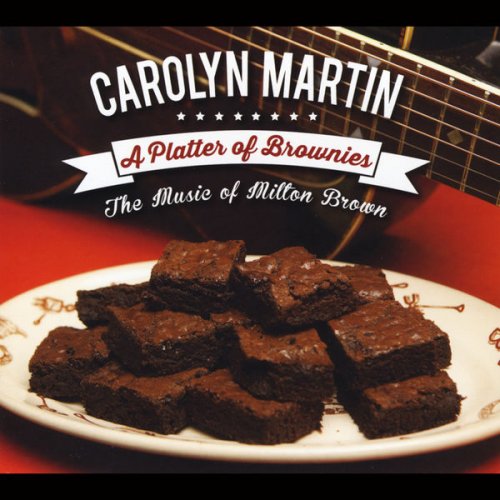
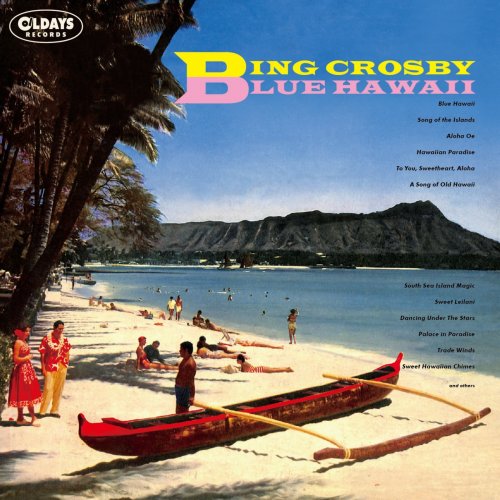
![Don Cherry, Nana Vasconcelos & Collin Walcott - Codona (1979/2025) [Hi-Res] Don Cherry, Nana Vasconcelos & Collin Walcott - Codona (1979/2025) [Hi-Res]](https://www.dibpic.com/uploads/posts/2025-12/1765970766_cover.jpg)

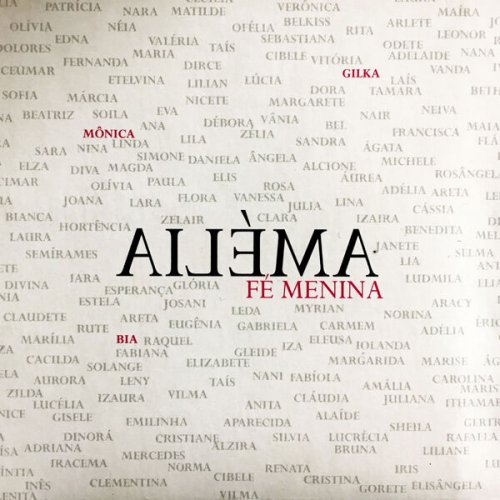
![Sibel Köse Septet - In Good Company (2025) [Hi-Res] Sibel Köse Septet - In Good Company (2025) [Hi-Res]](https://www.dibpic.com/uploads/posts/2025-12/1765846644_uizwujac4ht2d_600.jpg)

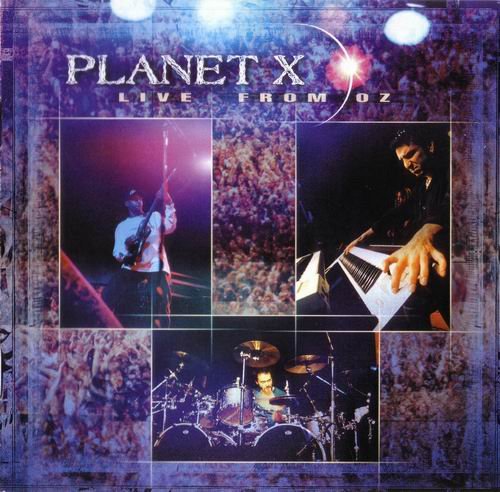
![Nectar Woode - Live at Village Underground (Live At Village Underground) (2025) [Hi-Res] Nectar Woode - Live at Village Underground (Live At Village Underground) (2025) [Hi-Res]](https://img.israbox.com/img/2025-12/15/eiazyx7yigt2lhbv1tcd3eos6.jpg)